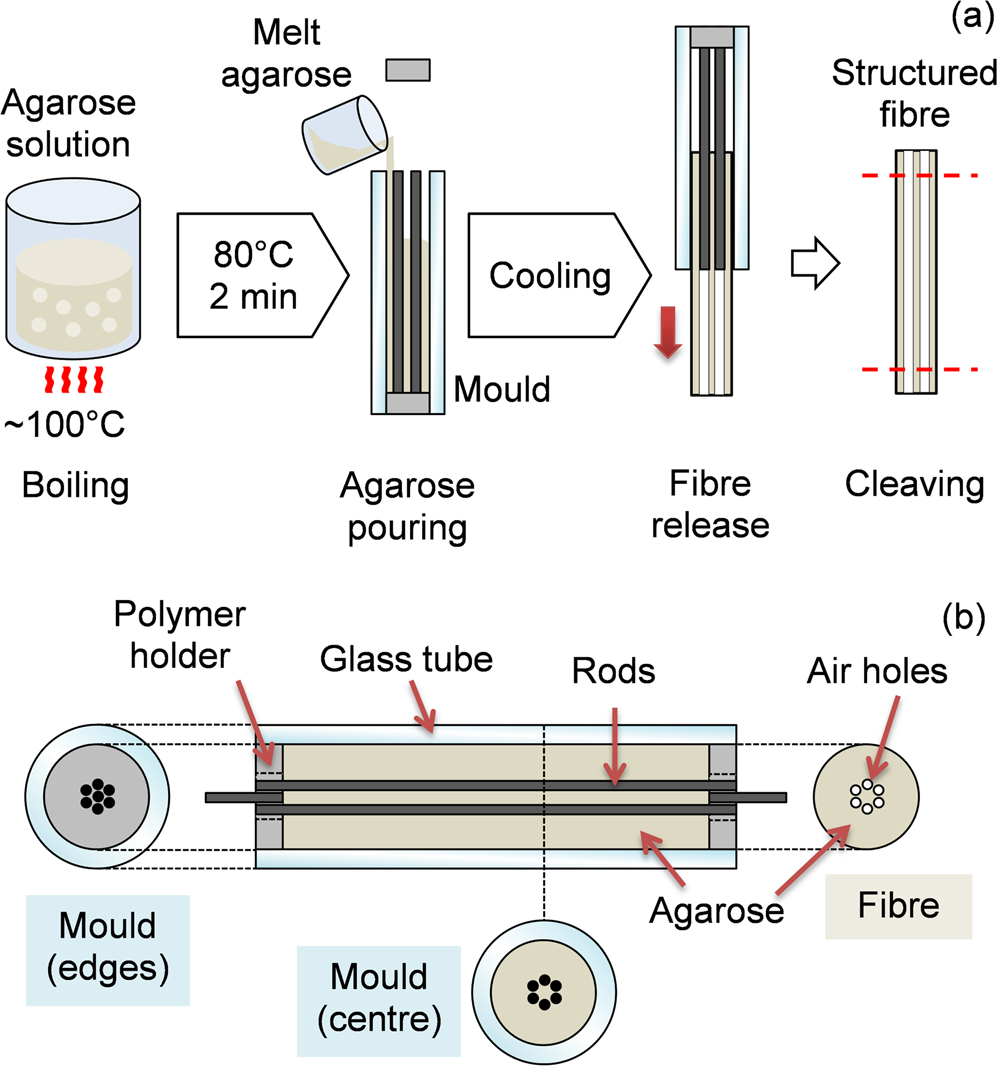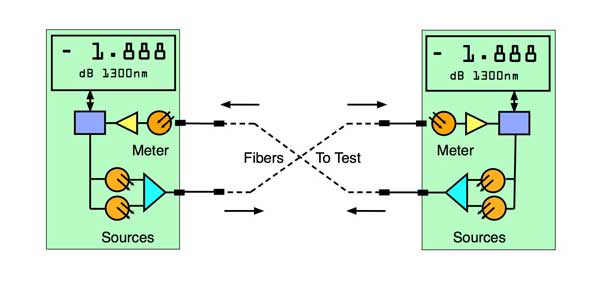Increasing Output Accuracy with an Optical Fibre Diameter Analyser
Increasing Output Accuracy with an Optical Fibre Diameter Analyser
Blog Article
Optimize Your Fibre Optic Efficiency: Understanding Optical Fibre Diameter Analyser Technology
The efficiency of fibre optic systems is seriously influenced by the precision of their diameter, a variable commonly overlooked in the search of optimal signal honesty. Understanding the modern technology behind optical fibre diameter analysers reveals the complex balance in between measurement precision and manufacturing high quality.
Importance of Optical Fibre Size
The diameter of optical fibre plays a crucial function in determining the performance and efficiency of communication systems. It influences a number of key parameters, consisting of the setting of light proliferation, depletion, and data transfer capacity. Larger sizes typically permit numerous light settings, helping with greater information transmission rates. On the other hand, smaller sized sizes tend to support less modes, which can improve signal clearness and lower crosstalk.

In addition, recognizing the size's effects can bring about set you back savings by reducing the requirement for signal boosting and repeaters in considerable networks (optical fibre diameter analyser). To conclude, the value of optical fibre size can not be overstated, as it directly affects the total efficiency and dependability of modern communication systems

How Diameter Affects Signal Quality
Signal top quality in optical fibre systems pivots significantly on the size of the fiber. A smaller size can lead to higher depletion rates, resulting in signal loss as light journeys through the fiber.
Conversely, bigger sizes typically allow for enhanced light capture and decreased modal diffusion, improving signal clarity. In multimode fibers, a larger core diameter can support several light settings, however it might likewise introduce intermodal diffusion, which can deteriorate signal top quality. For that reason, picking the optimal fiber diameter is essential for accomplishing the preferred performance in particular applications.
Furthermore, the interaction in between the fibre diameter and the wavelength of the light used plays a crucial duty in figuring out the effective transmission range and general signal honesty. Recognizing how fibre size influences signal high quality is crucial for network developers and designers aiming to maximize optical fibre systems for trustworthy, high-speed data transmission.
Summary of Diameter Analyser Technology
In several optical fibre production procedures, accurate dimension of fiber size is important for making sure regular performance and high quality (optical fibre diameter analyser). Size analysers are advanced instruments developed to examine the physical measurements of optical fibers with high precision. They employ advanced optical and laser technologies to determine the size, ovality, and concentricity of the fiber, thus providing important data for quality assurance
These analysers can run in-line throughout the production procedure or as part of off-line testing methods. In-line systems allow real-time tracking, permitting manufacturers to readjust official statement criteria right away, thus maintaining optimal production conditions. Off-line analysers, on the other hand, supply thorough analyses of sets, making sure that any kind of inconsistencies from defined resistances are identified and attended to.
Size analysers considerably contribute to the decrease of defects in optical fibers, improving total product integrity. By constantly gauging crucial specifications, these innovations help with compliance with sector standards and specs. As the demand for high-performance optical fibers remains to climb, the function of diameter analysers comes to be progressively important in achieving the wanted top quality and performance standards in fiber optic systems.
Secret Features of Fiber Size Analysers
Although find out here various models of fiber diameter analysers exist, they commonly share numerous essential features that boost their performance and reliability. Among the most substantial functions is high-resolution measurement capacities, which guarantee accurate size analyses, crucial for keeping quality assurance in fibre manufacturing. In addition, numerous analysers include advanced optical sensors developed to find minute variants in fibre size, thus giving indispensable information for process optimization.
An additional important attribute is real-time monitoring, permitting operators to get prompt feedback on fiber size throughout the manufacturing procedure (optical fibre diameter analyser). This ability assists in rapid modifications and lowers the possibility of issues. Many analysers likewise come furnished with easy to use interfaces, allowing drivers to conveniently navigate through setups and data results
Furthermore, robust data storage space and evaluation functionalities are important for tracking historical efficiency fads and making sure compliance with market standards. These features jointly contribute to the efficacy of fiber size analysers in optimizing fiber optic efficiency.
Best Practices for Fiber Optimization
First, normal calibration of optical fibre size analysers is important. This guarantees accurate dimensions and minimizes prospective inconsistencies that might impact performance. Next off, keeping a tidy workplace is essential; dust and contaminants can lead to signal degradation.
Additionally, it is essential to select fibres that fulfill particular application needs. This includes reviewing aspects such as depletion, data transfer, and ecological conditions. Correct installation methods need to likewise be complied with, consisting of preventing sharp bends and too much tension, which can compromise fiber honesty.
Additionally, utilizing innovative monitoring systems can promote real-time performance evaluations, making it possible for prompt identification of concerns. Normal testing and upkeep should be performed to make sure that fibres stay within optimal operational criteria.
Lastly, training employees on the most current fibre optimization technologies and methods will boost their capacity to execute reliable strategies. By following these best practices, organizations can dramatically improve the efficiency and life expectancy of their optical fibre systems, guaranteeing effective interaction and information transfer.
Final Thought
In conclusion, the integration of optical fiber size analyser modern technology is critical for making the most of fiber optic efficiency. By guaranteeing precise dimensions of fibre measurements, these analysers substantially enhance signal high quality and reduce losses during information transmission.
Signal quality in optical fiber systems pivots significantly on the diameter of the fiber.In lots of optical fiber production processes, exact measurement of fibre diameter is essential for making sure consistent efficiency and quality. As the demand link for high-performance optical fibers continues to increase, the duty of size analysers becomes progressively essential in achieving the desired high quality and efficiency requirements in fiber optic systems.
These functions jointly contribute to the efficacy of fiber diameter analysers in optimizing fibre optic performance.
In final thought, the assimilation of optical fibre diameter analyser modern technology is essential for making best use of fibre optic performance.
Report this page